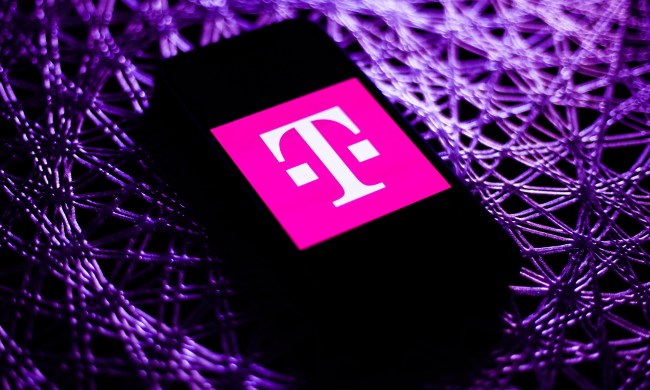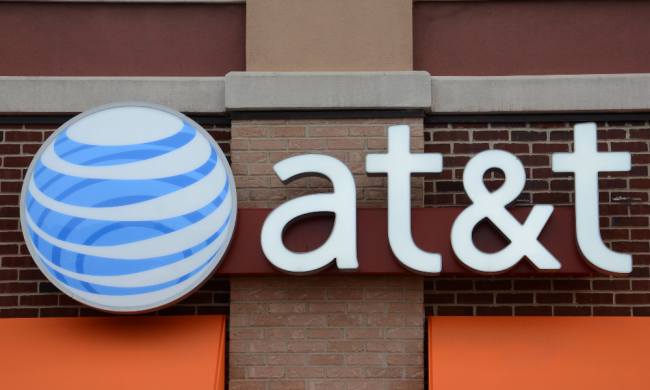It’s already generating headlines in the world of technology, but what is 6G, and when will you be able to get it? Right now, 5G is (just about) here. You can buy a 5G smartphone, and enjoy all the benefits of a 5G data connection today. However, technology never stops, and there is already talk about the next step in the world of mobile connectivity.
There’s a growing amount of 6G information out there, and much of it is built around just a few reports and studies. Let’s clear some things up about 6G, and find out what the state of this future tech really is.
Is 6G real?

Yes and no. Yes, 6G (or whatever it’s eventually called) will eventually replace 5G, but 6G is not yet a functioning technology, and is instead in the early research phase. Mobile telecom companies are much too focused on 5G to deal with 6G in any significant way, although early research projects have begun thanks to funding from governments that want to gain an edge.
When is 6G coming?
“It’s a little too early to talk about 6G.”
Not our words, but the words of Ericsson’s chief technology officer (CTO) Erik Ekudden during MWVC 2019 Shanghai in July 2019. Then, in December 2020, Verizon CTO Kyle Malady followed by saying, “I really don’t know what the hell 6G is.” We’ll say it again: It’s all about 5G at the moment.
But if the research is only just starting, when will 6G launch? Ekudden estimates that it would be about a decade before 6G comes along, a prediction which fits in with both Huawei founder Ren Zhengfei, who told CNBC in September 2019 that 6G was at least ten years away. A 2021 report by ABI Research predicted that early commercial deployment will occur in 2028 and 2029, with more widespread rollouts coming in the following years.
How fast will 6G be?
We don’t know how fast 6G will be yet, but estimates have it around 100 times faster than 5G. The final standards that will define what a 6G connection is will probably be down to the International Telecommunication Union (ITU). The ITU recently nailed down the standards for 5G (which it refers to as IMT-2020) after more than eight years of work, and is expected to start a similar process for 6G soon.
That hasn’t stopped experts guessing how fast 6G will be. One of the most often quoted is from Dr. Mahyar Shirvanimoghaddam from the University of Sydney, who claims 6G could deliver mind-boggling speeds of 1TB per second, or 8,000 gigabits per second. Forget one movie downloading in a few seconds from Netflix with 5G, with 6G speeds like that, in just one second you could download 142 hours of Netflix movies.
As for the ITU, it hasn’t published much on 6G yet. In May 2019 it talked about IMT-2030, which it describes as a hybrid network and an upgrade to 5G — rather than a new network entirely, which we expect 6G to be.
What will 6G mean to you?
It’ll be like 5G, but more so. Even higher speeds, even lower latency, and masses of bandwidth. Researchers and scientists are talking about 6G going beyond a “wired” network, with devices acting as antennas using a decentralized network not under the control of a single network operator. If everything connects using
While the technology we expect to emerge from 5G — from autonomous cars and drones to smart cities — will be enhanced further with 6G, it may also bring about sci-fi applications like the integration of our brains with computers, and greatly improved touch control systems. NTT DoCoMo talks about 6G making it, “possible for cyberspace to support human thought and action in real time through wearable devices and micro-devices mounted on the human body.” Others have called it “Teleportation of the senses” for similar reasons.
The report points toward the realm of science fiction becoming science fact, saying speeds in excess of 100Gbps could make possible sensory interfaces that feel and look just like real life, potentially through smart glasses or contact lenses. It goes on to talk about prioritizing low power consumption for over-the-air charging, and coverage that could be extended across the sea and even out into space.
Who is working on 6G?

Throughout 2020 and early 2021, research initiatives into 6G became more popular as governments around the world started researching possibilities, eager to embrace new technology ahead of rivals. This can be broken down into several key investments recently made.
- According to China’s official news agency, the nation has already put a 6G experimental satellite into orbit. The satellite is reported as being one of 13 new satellites deployed by China on the Long March-6 rocket launch in November 2020. The China Global Television Network also reported that the satellite weighed 70 kilograms and was made to help perform data transmission tests at long distances along the terahertz spectrum. The satellite could potentially be used to monitor crops, forest fires, and other environmental data. More recently, CNIPA (China National Intellectual Property Administration) announced that it has 35% of the around 38,000 patents related to 6
- In Europe, the 6G Flagship project is working to combine research on 6G technologies, currently centered in the University of Oolu of Finland.
- Japan is devoting $482 million to help 6G become widespread in the next few years. This funding will also build a facility where researchers can develop wireless projects. The country’s overall goal is to highlight the standout mobile technologies by 2025.
- In Germany, Vodafone Germany announced in 2021 that it was establishing a 6G research facility in Dresden.
- In South Korea, it’s no surprise that Samsung is working on 6G, and sees the technology as particularly promising for advanced technology like holograms. They are another organization that is predicating the first rollout of 6G may happen as early as 2028.
- In Russia, the R&D institute NIIR and the Skolkovo Institute of Science and Technology released a 2021 forecast predicting that 6G networks could become available as soon as 2035.
- As for the U.S., the 6G effort is more private than government-fueled, although the federal government did announce a partnership with South Korea over 6G research in 2021. Some mobile companies in America are progressing with their own 6G development. Notably, AT&T, Verizon, and T-Mobile are leading an industry initiative with ATIS called the Next G Alliance to help organize and further 6G research throughout North America. In May of 2021, the Next G Alliance began a technical work program to coordinate a series of new workgroups with the specific goal of developing 6G technology. If the patent numbers are correct, the United States comes in second behind China with around 18% of all 6G patents at this time.
For now, 5G is just beginning to get interesting, and with at least ten years to go before the first hint of a 6G network comes along, let’s enjoy some of the exciting tech



